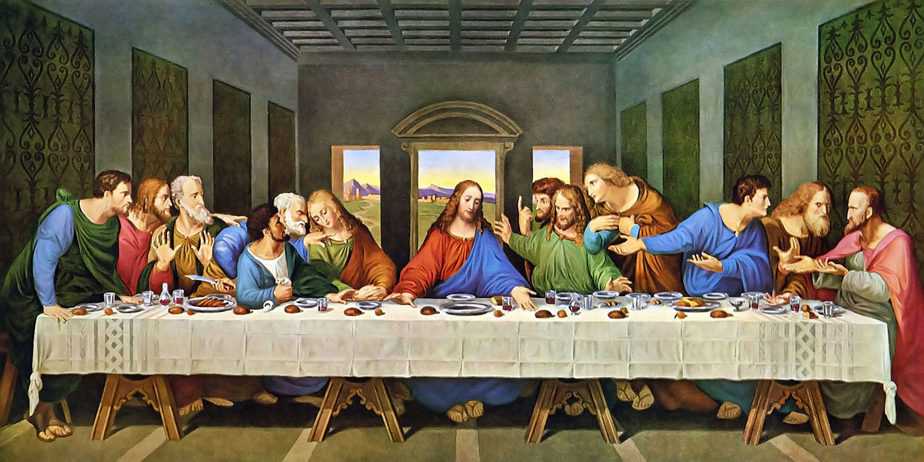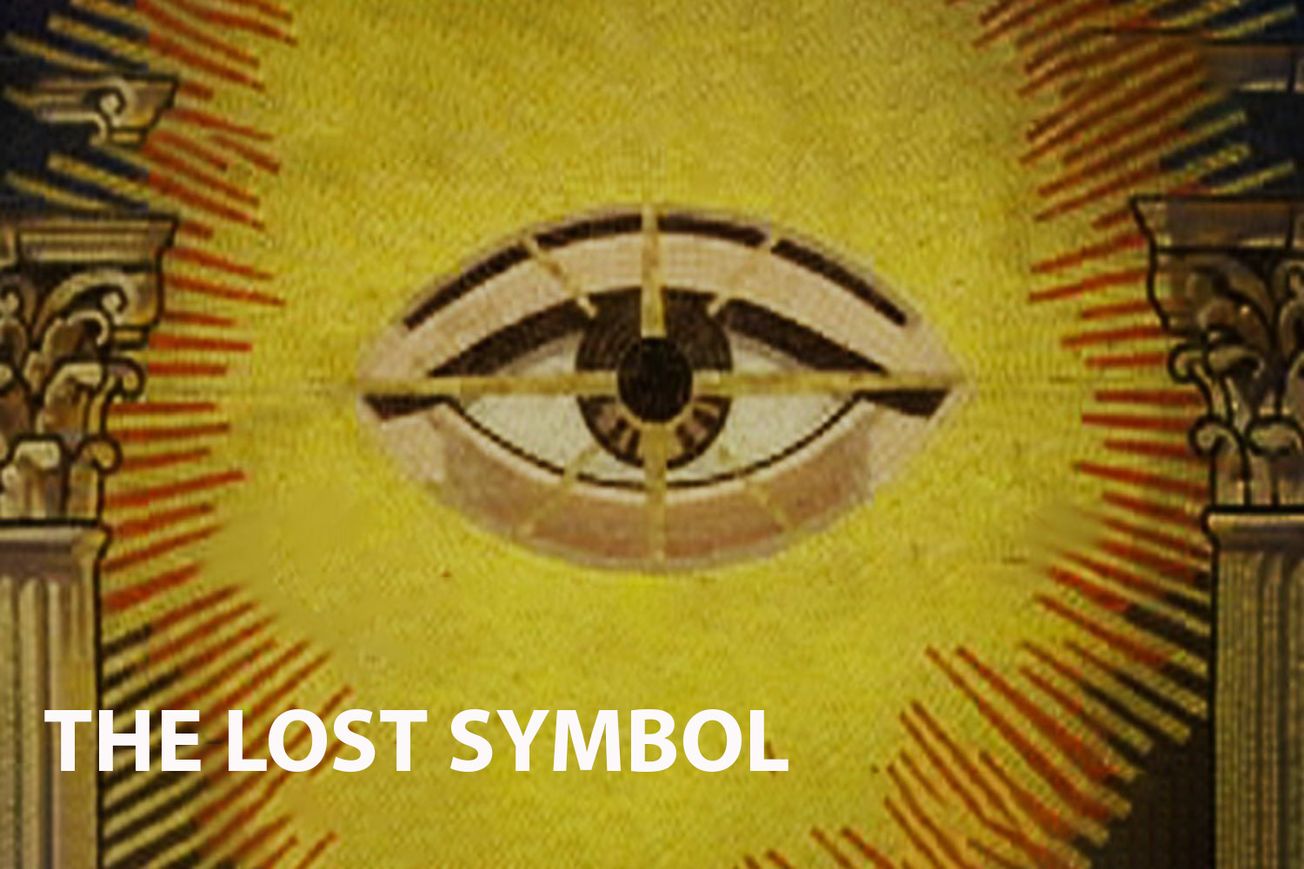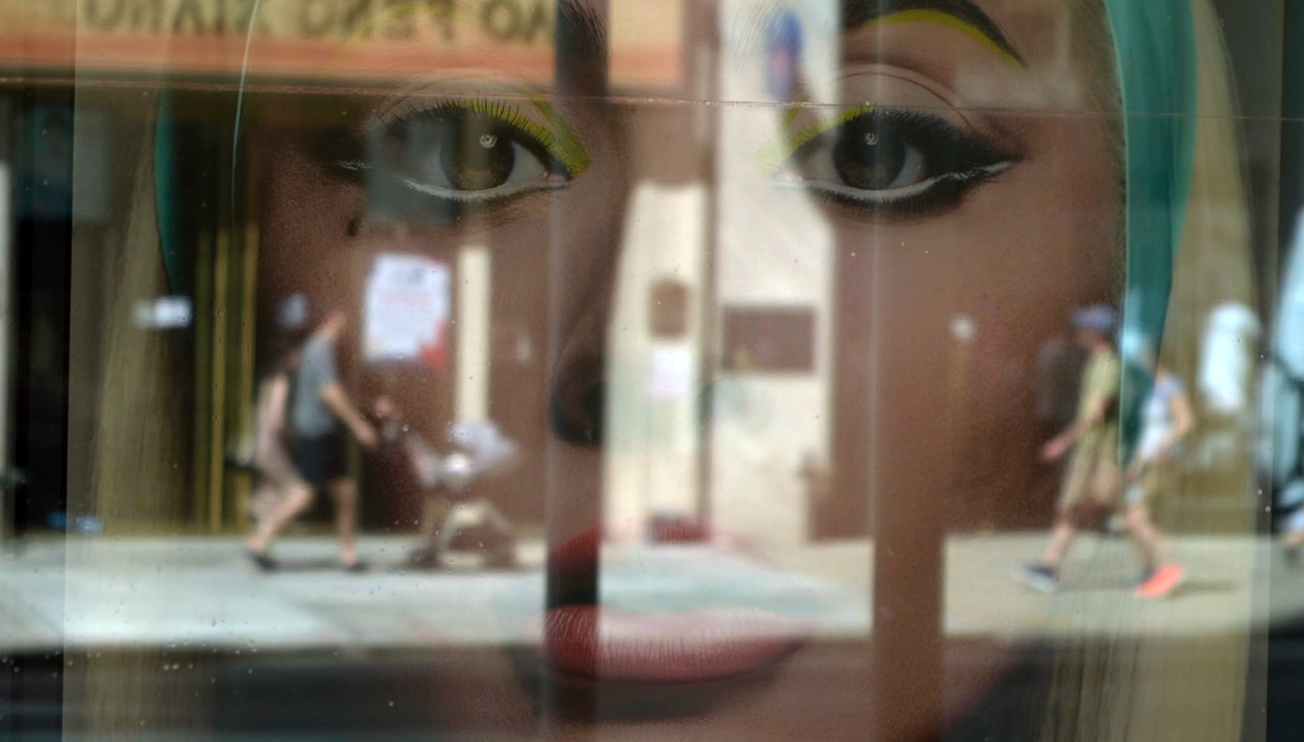Keywords: Dan Brown, The Da Vinci Code, secret societies, The Freemasons, world order, mystery, documentary. Three words: 'Intriguing', 'Revealing', 'Historical'
Introduction
Released in 2007, 'The Lost Symbol' is a riveting documentary that delves into the mysteries of perhaps the most famous world order of all, The Freemasons. Sparked by the public interest in secret societies following Dan Brown's The Da Vinci Code, this film takes viewers on a journey to challenge what they thought they knew about this enigmatic organization.
Synopsis
'The Lost Symbol' takes a comprehensive look at the Freemasons, a secret society that has long captivated the imagination of the public. Through interviews with historians, authors, and Freemasons themselves, the documentary seeks to unravel the mysteries surrounding this organization, its origins, its influence, and its role in shaping world events.
More Film Analysis
Analysis
The documentary's approach is both scholarly and accessible, combining in-depth research with compelling storytelling. The filmmakers have done a commendable job of exploring the subject matter without sensationalism, offering a balanced and nuanced perspective on the Freemasons.
Historical and Factual Context
The Freemasons have existed for centuries, with the documentary shedding light on the organization's historical context, its evolution over time, and its impact on society. The film also explores the influence of Freemasonry on notable historical figures and events.
Key themes in the film
- The history and origins of the Freemasons
- The influence of the Freemasons in shaping world events
- The public perception versus the reality of the Freemasons
Film Comparisons
Compared to other films about secret societies, 'The Lost Symbol' stands out for its focus on the Freemasons and its comprehensive exploration of the organization's history and influence.
Noteworthy Moments
One of the most significant moments in the documentary is the revelation of the Freemasons' influence on notable historical figures and events, offering a new perspective on familiar history.
Reviews
'The Lost Symbol' has been well-received by audiences and critics alike for its insightful look at the Freemasons. Critics praised the film as "an engaging and informative watch," while audiences appreciated its balanced and comprehensive approach.
Conclusion
'The Lost Symbol' is a must-watch for anyone interested in history, secret societies, or the Freemasons. It offers a fascinating exploration of a topic that continues to intrigue and mystify.
More film information:
FILM SUMMARY
- IMDB score: 7.1/10
- Rotten Tomatoes score: 82%
- Metacritic score: 75
- Film festival awards: N/A
PERSONALITIES
- Dan Brown: Bestselling author of 'The Da Vinci Code'
- Various historians and Freemasons
LOCATIONS
- Various Masonic lodges
Key Questions Raised by the Film:
- What is the true extent of the Freemasons' influence on world events?
- How has the public perception of the Freemasons been shaped and why?
- What role does secrecy play in the Freemasons' operations?
Links for Further Exploration:
I wonder what the film would be in another art form



- If this film was a famous book, which one would it be? The Da Vinci Code by Dan Brown, due to the shared theme of secret societies and their influence.
- If this film was a famous song, which one would it be? Secrets by OneRepublic, reflecting the themes of hidden truths and revelations.
- If this film was a famous piece of art, which one would it be? The Last Supper by Leonardo Da Vinci, a work often associated with secret societies and hidden symbols.
- If this film was a famous celebrity, who would it be? Dan Brown, for his work in popularizing the concept of secret societies.
- If this film was a color, which one would it be? Dark blue, symbolizing mystery and depth.
- If this film was a music style, which one would it be? Orchestral, for its ability to create suspense and drama.








